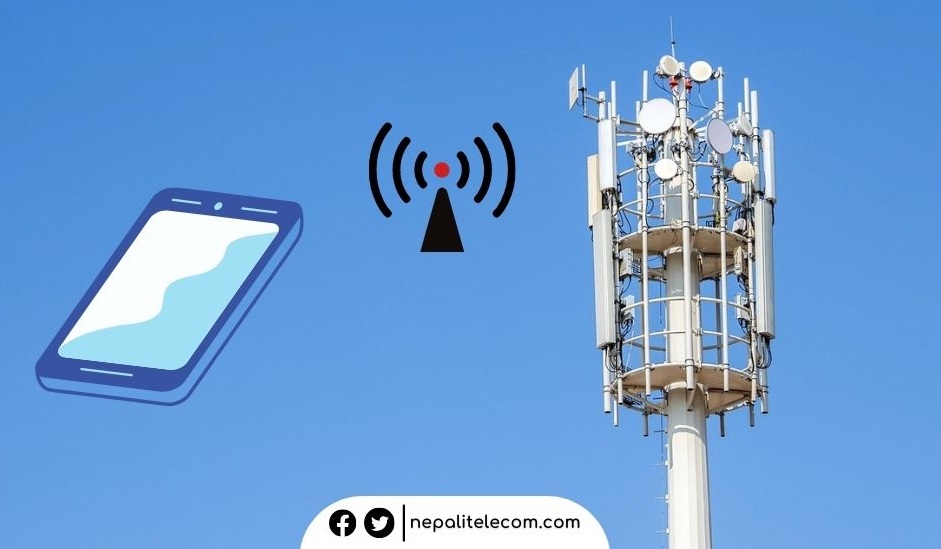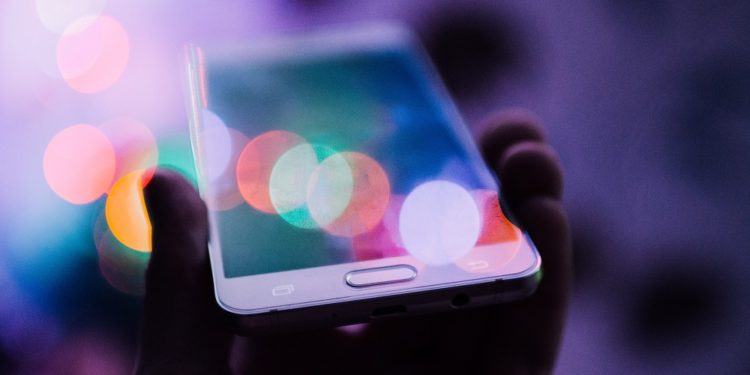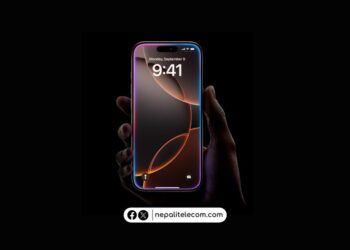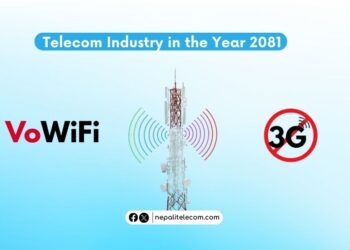Direct-to-Mobile (D2M) is a next-generation technology that allows to broadcast of TV on mobile phones without the internet. In times when data has become indispensable to access video content, the D2M could prove to be revolutionary in letting people watch movies, sports, and entertainment without an active internet connection, saving a hefty sum otherwise spent on data packs. While there is no talk of Nepal bringing this tech anytime soon, India has been mulling over its potential launch. So in this post, we will talk about what Direct-to-Mobile technology is, how it works, advantages, and challenges that could hinder its development.
Suppose you want to watch your TV on a mobile phone. It is possible with Over-the-Top OTT apps at the moment. But the caveat is you need an internet to run the video on your device. That also involves considerable spending on the data packs as video consumption means more bandwidth exhaustion. But think of a scenario when you can watch your TV or even live TV on your mobile phone without the internet, without spending money on data packs. The D2M technology accomplishes that.
Check out:
What Is Direct-To-Mobile Broadcasting Technology?
Direct-to-Mobile is a new technology that works just like how FM does on smartphones. The tech uses a receiver inside the phone which accesses radio frequencies to play the multimedia content on handheld devices.
Once implemented, service providers also including OTT platforms use the tech to cater their video content to mobile phones. The tech is the combination of broadband and broadcast which uses mobile phones to receive territorial TV signals.
The D2M broadcasting technology will help free up spectrum use and improve communication services.
India is working on the Direct-to-Mobile Technology
India is making recent developments in D2M technology. The country’s Department of Telecommunications (DoT), Ministry of Information Broadcasting (MIB), and IIT-Kanpur are working closely to realize the goal of bringing live TV on mobile without the internet.
Recently, DoT Secretary K Rajaraman announced a team to study the viability of a spectrum band to provide broadcast services on mobile phones. “The 526-582 MHz band is designed to function in tandem with both mobile and broadcast services. “The Department of Transportation has formed a committee to investigate this band,” he shared. This frequency is currently used for TV transmitters by MIB.

Likewise, Parag Naik, CEO of Saankhya Labs is upbeat about this technology:
“It’s an indigenous ‘Made in India’ technology, and it is the first of its kind in the world. D2M is going to revolutionize content delivery, especially video content. Consumers today are watching videos on their phones; most of the things are consumed on phones, and with D2M tech, they would be able to receive video content without having to pay for data plans.”
Parag Naik, CEO of Saankhya Labs told Prachar Bharati News Services
In 2022, Prasar Bharati, a public service broadcaster, which has partnered with IIT Kanpur to investigate the technology’s wide rollout.
DoT Secretary K Rajaraman said that the body has formed a committee to see how the band 526-582 MHz will work for mobile and broadcast services. At the moment, Prachar Bharati is using this band while digital-ready, digital terrestrial TV transmitters are operating in this band. Currently, Band 526-582 MHz is used by Prasar Bharati (DD) for Terrestrial TV Broadcasting.
The technology however is in early development and is at least 2 or 3 years before it could launch commercially for the public.
Also read: 5G Begins in India | Jio, Airtel, and Vodafone Start Service
Advantages
We can’t emphasize enough that the tech will rid us of the need to have an active internet connection to watch TV on mobile. But, there are plenty more benefits too. Let’s see why this ingenious technology will count so much:
- Live news, sports, video-on-demand (VoD), and OTT content can be broadcast directly on mobile phones without the internet.
- Direct-to-Mobile will come at a cheaper rate compared to TV subscriptions and will cut data costs used to watch live TV on smartphones. It would be economically much more feasible than buying a cable TV subscription or depending on the internet packs to watch content on smartphones.
- The technology will allow the states, regulators, and mobile network operators (MNOs) to better use spectrum and free up bandwidth which will reduce call drops and also significantly improve mobile data speeds.
- In terms of quality, the content can be transmitted in High-Definition (HD) as the tech doesn’t require bandwidth to adjust picture quality based on internet speed. That means buffering-free smooth video play.
- The D2M technology can be leveraged to dispatch information, emergency warnings, rescue/evacuation, and disaster management to a large audience straight to their handheld devices. Therefore, this technology is also useful in combating fake news, and misinformation.
- Operators can also offload their video traffic from the cellular network to the broadcast network. This allows them to free up valuable spectrums that can be rather utilized to better their data/voice services.
Check out: Find new Netflix subscription costs in Nepal
D2M faces a major challenge
The biggest hurdle to the D2M technology is to get aboard the operators. Video consumption is the major driver for data business and the technology displaces it. Telcos will likely find it financially risky to let D2M bring TV on mobile phones.
This complexity has been felt by Indian stakeholders too. Prasar Bharati’s CEO Shri Gaurav Dwivedi has called it the “greatest difficulty” to get operators’ cooperation to implement D2M in India.
Direct-to-Mobile in Nepal
Currently, Direct-to-Mobile technology is a rather unfamiliar term in terms of its development. While it is similar to Direct-to-Home (D2H), the government nor any communication service provider has teased the idea for it as yet. And again, if the talk about such technology indeed debuts in Nepal, telecom operators will likely fear of revenue loss could be a major hindrance as it seems to be in India. Data is the key component for operators to drive up their revenue. Just read this post: Mobile Data Usage Grew by Double in 2 Years – Ericsson Reports.
But the D2M may stand to deflect it for them. So, unless operators are convinced, this technology might face a great impediment in its commercial access. But technology has infinite possibilities and further developments might derive some workaround.
Would you be so eager to watch TV on a mobile phone without the internet? How revolutionary will that be? Don’t forget to share in our comment section below.













